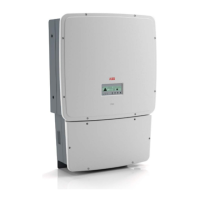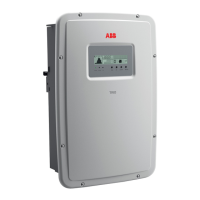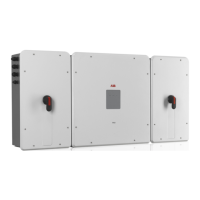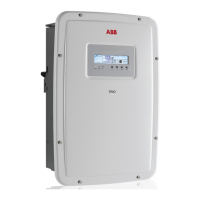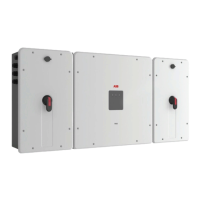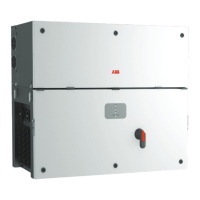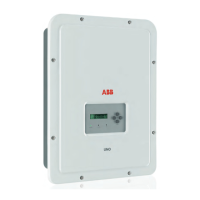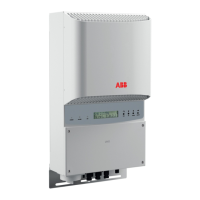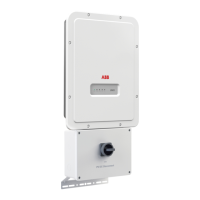Environmental Conditions
Adverse environmental conditions can lead to a reduction in performance. The equipment should
be installed outdoors, but only in environmental conditions indicated in this manual. Care must
be taken to provide adequate ventilation if installed indoors.
Improper or Prohibited Use
The following actions are dangerous and not consistent with acceptable practice under the terms
of the warranty:
• Installing the equipment in environments with ammable conditions.
• Using the equipment with safety devices not working or disabled.
• Using the equipment or parts of the equipment by connecting it to other machines or
equipment, unless otherwise expressed.
• Modifying areas that are operator-restricted and/or altering parts of the equipment in order to
vary the performance or change its protection.
• Cleaning with corrosive products that may corrode parts of the equipment or with products
that might generate electrostatic charges.
• Using or installing the equipment or parts of it without having read and correctly interpreted
the contents of this manual.
• Blocking airow to the cooling ns (e.g., warming or drying rags) on the unit or accessory
parts is dangerous and could compromise the inverter operation.
Arc fault detection (AFD)
The 2011 National Electric Code (NEC) and 2013 Canadian Electric Code (CEC) includes the requirement that a
photovoltaic system with a DC voltage greater than 80V, and which is on a building or whose DC conductors enter
a building, be equipped with a listed device which can detect a series DC arc fault and interrupt the circuit. This
functionality is commonly referred to as a DC Arc Fault Circuit Interruption. The 2014 NEC Arc Fault requirements
are not limited to systems on or in buildings and apply to all PV systems with a DC voltage greater than 80V. See
690.11 of the National Electric Code for more information.
The DC arc fault detection (AFD) solution is based on Digital Signal Processor (DSP) technology. The AFD module
has two independent channels, designed to accommodate the two independent MPPT channels associated with
all ABB string inverters, and has two current sensors and associated circuitry to identify the presence of a series
DC arc fault at the input of either inverter MPPT channel.
The DC AFD module performs a self-test every time the system is started and the inverter display shows the result,
which can only be pass or fail. If the inverter fails, an error code will be displayed and the inverter will not connect
to the grid. If it passes, the inverter connects and works normally.
If a DC arc fault is detected during normal operations, the inverter disconnects from the AC grid. The DC arc
fault error is indicated on the inverter display screen, and lock out of inverter operation is initiated until the fault is
manually reset.
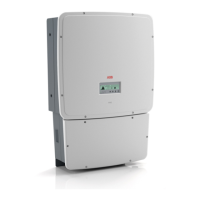
